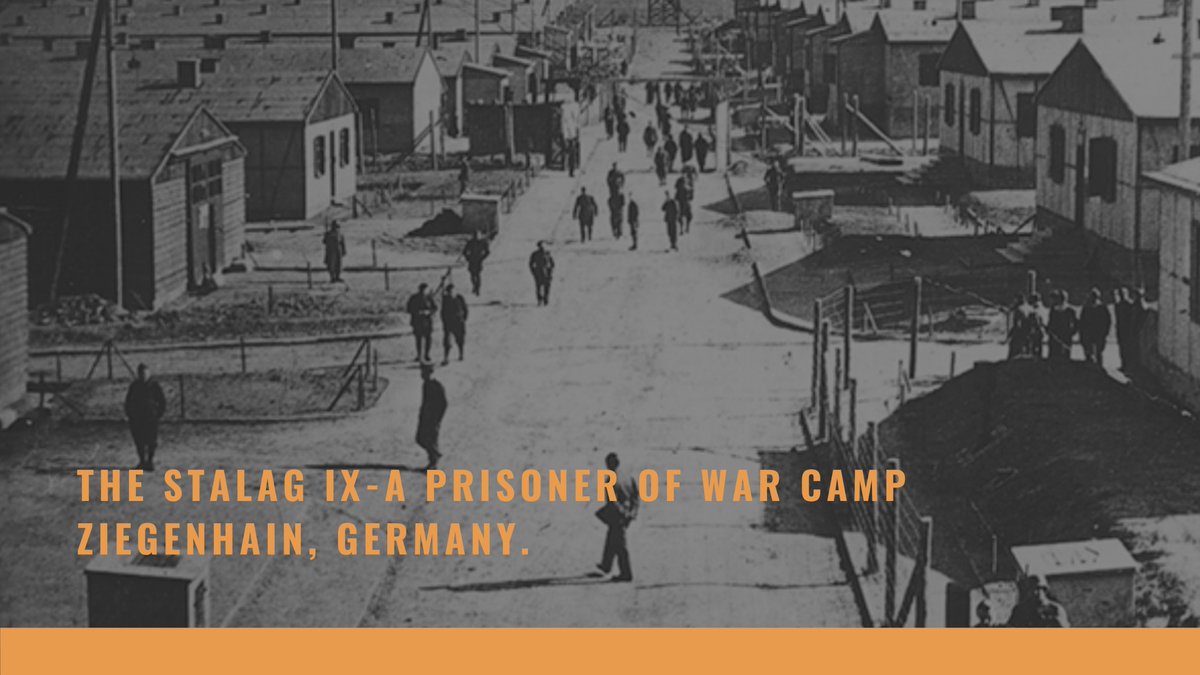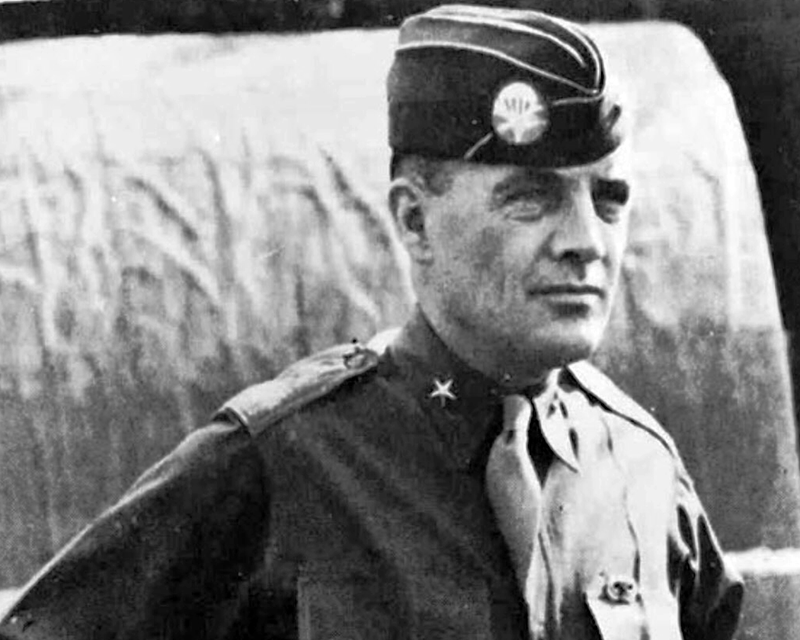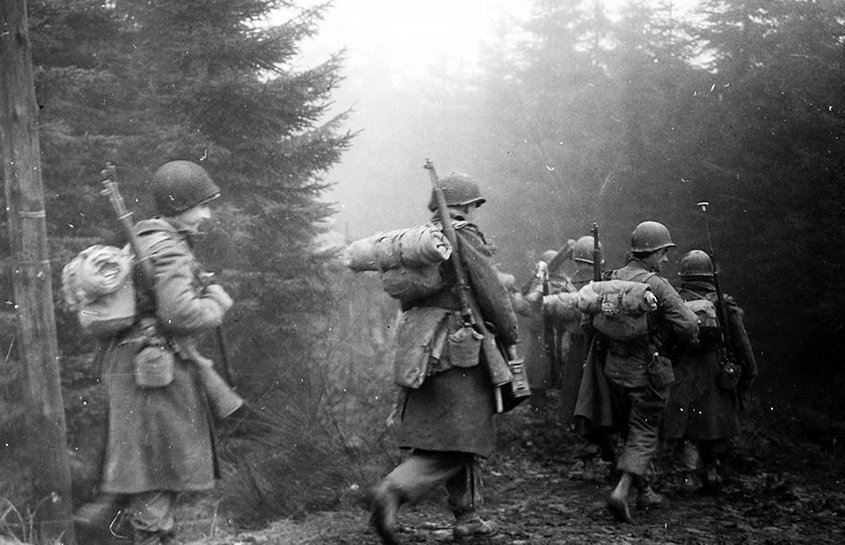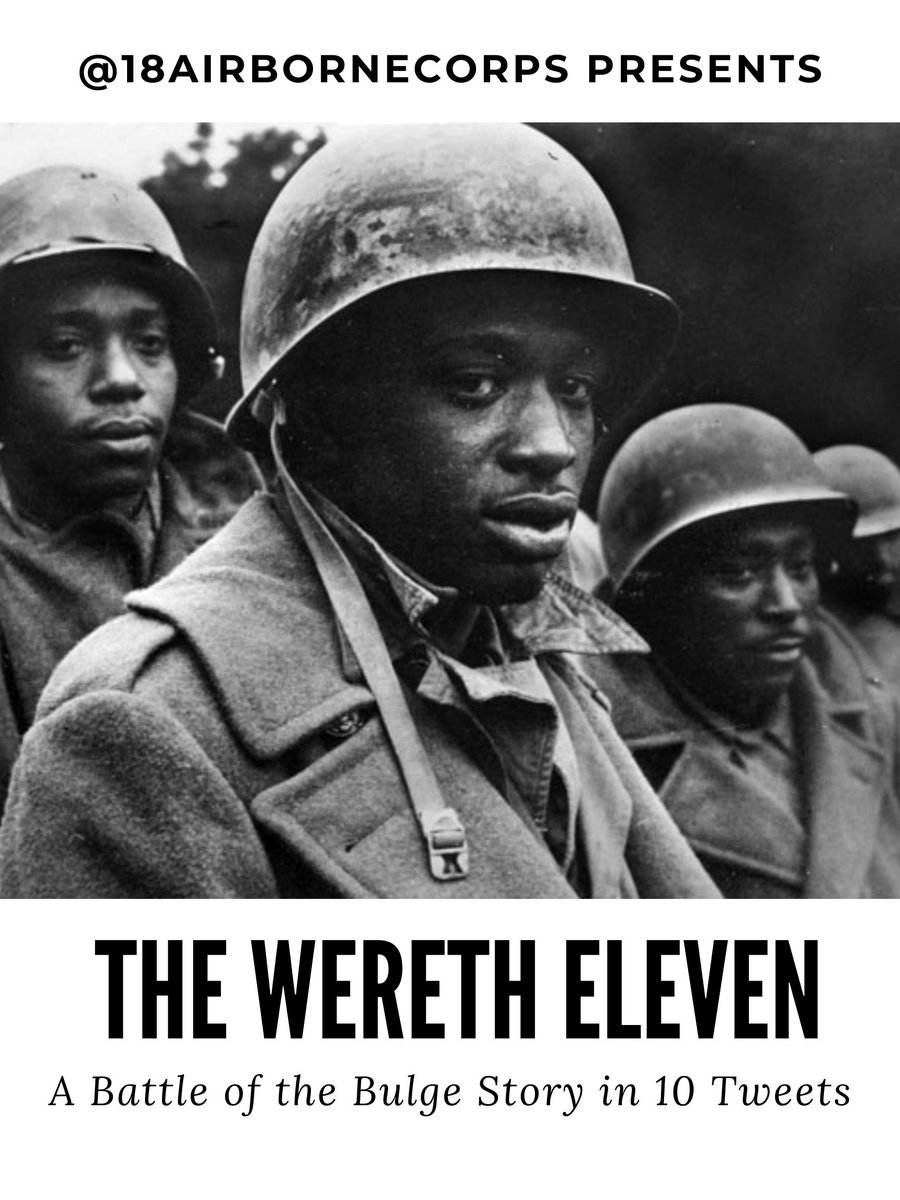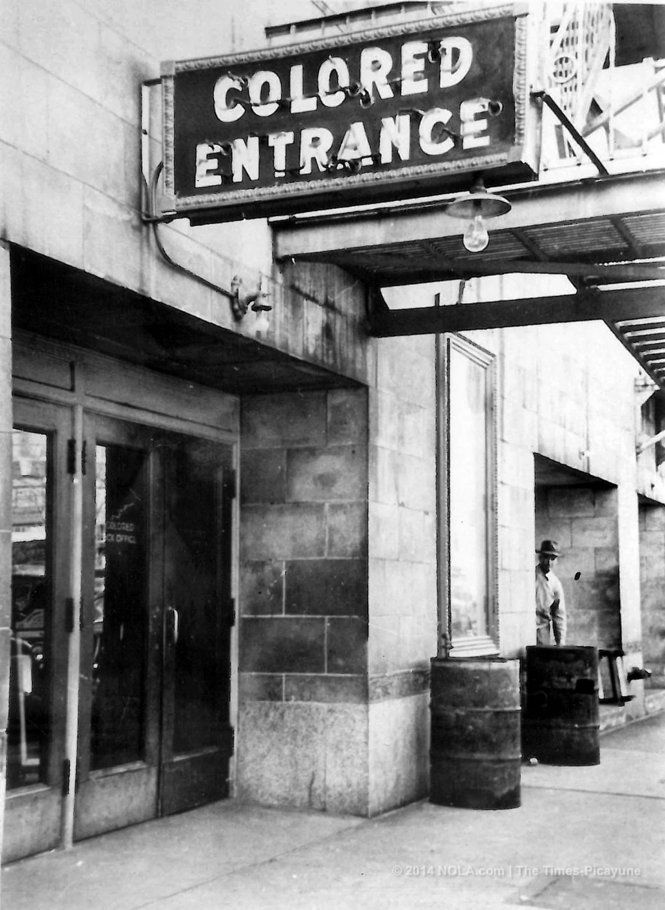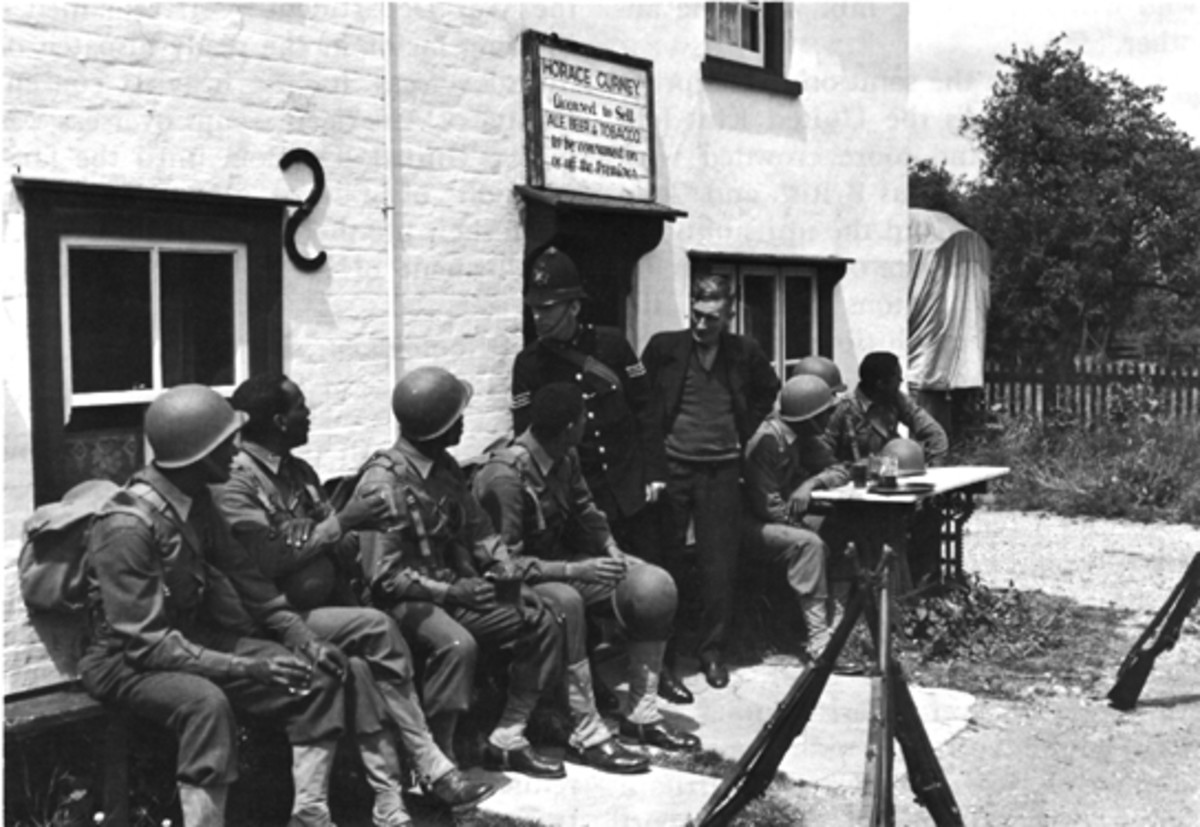
1 of 11:
DECEMBER 20, 1944
BATTLE OF THE BULGE, DAY 5
At this point, the reserve forces (the 82nd and the 101st and the headquarters of the XVIII Airborne) are in sector and in their fighting positions. For the first time ever, the XVIII Airborne Corps is operating in combat.
DECEMBER 20, 1944
BATTLE OF THE BULGE, DAY 5
At this point, the reserve forces (the 82nd and the 101st and the headquarters of the XVIII Airborne) are in sector and in their fighting positions. For the first time ever, the XVIII Airborne Corps is operating in combat.

2 of 11:
On this day 76 years ago, the 82nd Airborne establishes a defense against the 6th SS Panzer Army in the small Belgian town of Werbemont. This was the northern shoulder of the German bulge.
On this day 76 years ago, the 82nd Airborne establishes a defense against the 6th SS Panzer Army in the small Belgian town of Werbemont. This was the northern shoulder of the German bulge.
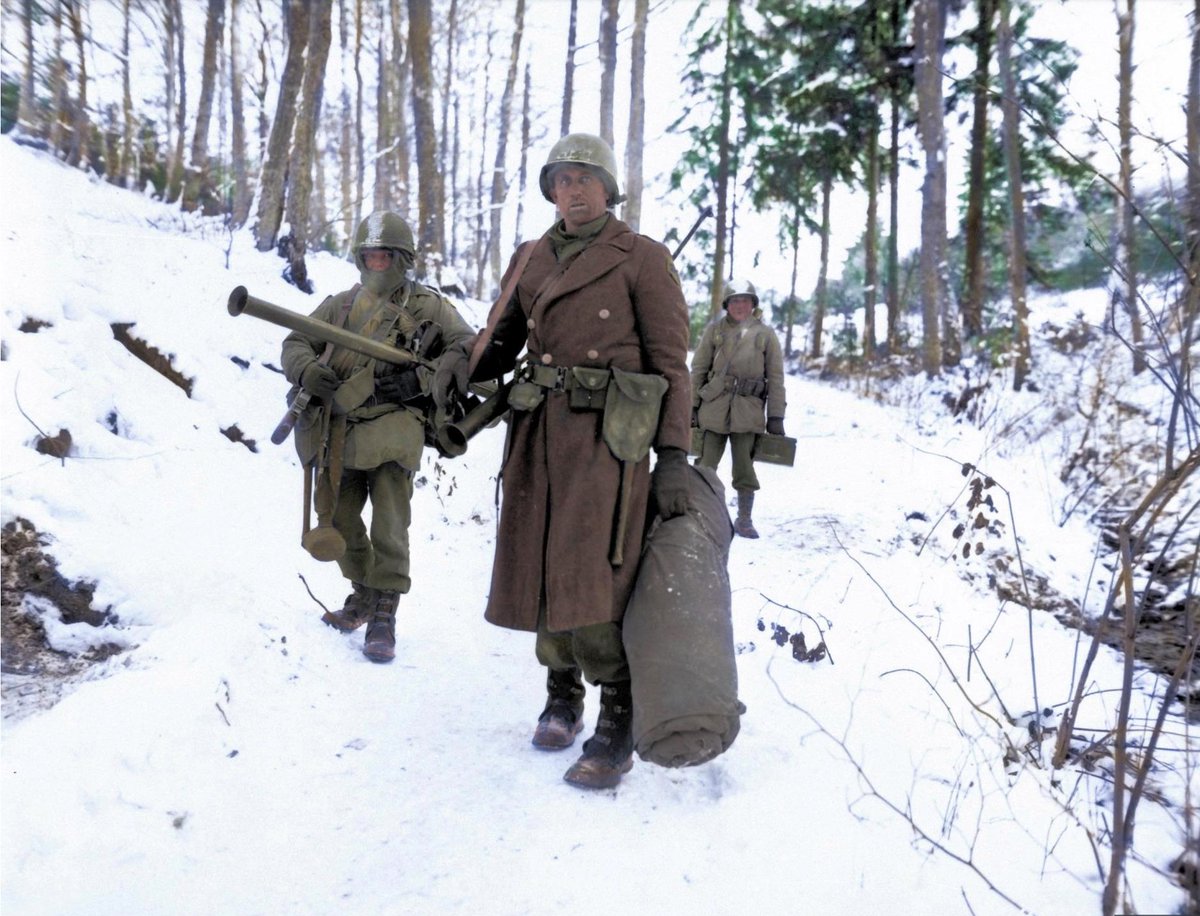
3 of 11:
It was freezing cold in Werbemont, as temperatures dropped to around 10 degrees Fahrenheit. Light snow covered most of the ground.
It was freezing cold in Werbemont, as temperatures dropped to around 10 degrees Fahrenheit. Light snow covered most of the ground.

4 of 11:
Meanwhile, the 82nd's sister Airborne division, the 101st, is now assigned to the VIII Corps. The Screaming Eagles are deployed to a crossroads town named Bastogne, trying to push back the southern shoulder of the German Bulge against the 5th Panzer Army.
Meanwhile, the 82nd's sister Airborne division, the 101st, is now assigned to the VIII Corps. The Screaming Eagles are deployed to a crossroads town named Bastogne, trying to push back the southern shoulder of the German Bulge against the 5th Panzer Army.
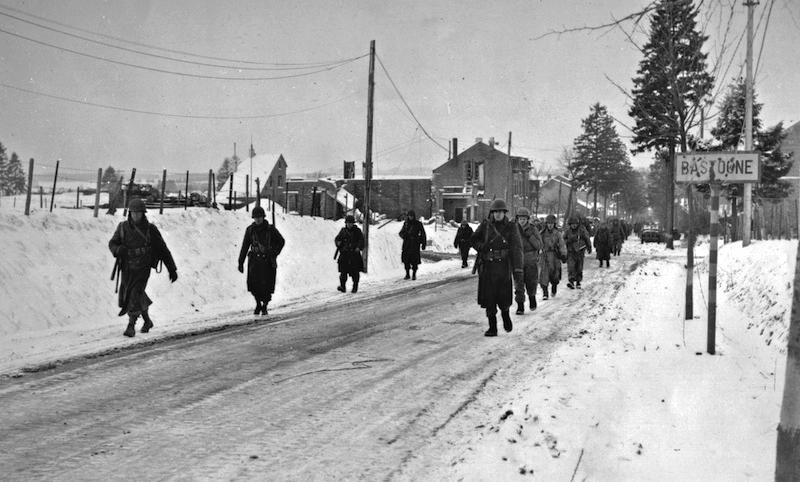
5 of 11:
So, the XVIII Airborne Corps starts the day with the 82nd Airborne as its only unit. But, General Ridgway was looking for units to pick up (remember, back then a corps was a loosely organized HQ that picked up units as needed).
So, the XVIII Airborne Corps starts the day with the 82nd Airborne as its only unit. But, General Ridgway was looking for units to pick up (remember, back then a corps was a loosely organized HQ that picked up units as needed).

6 of 11:
By this morning (December 20, 1944), the 30th Infantry Division and the 3rd Armored Division are under the XVIII Airborne Corps. [this is the 30th Infantry Division Shoulder Sleeve Insignia]
By this morning (December 20, 1944), the 30th Infantry Division and the 3rd Armored Division are under the XVIII Airborne Corps. [this is the 30th Infantry Division Shoulder Sleeve Insignia]

7 of 11:
With these three divisions, Ridgway can spread out his forces from the extreme east of the northern shoulder to the west to tie in with other elements of the 1st Army. [check out this cool map we made to help you visualize the friendly / enemy set]
With these three divisions, Ridgway can spread out his forces from the extreme east of the northern shoulder to the west to tie in with other elements of the 1st Army. [check out this cool map we made to help you visualize the friendly / enemy set]

8 of 11:
But let's be clear: the biggest problem the Germans have along the northern shoulder on December 20, 1944 isn't the American airborne. It isn't Ridgway. It isn't the tank destroyers or the engineers or the artillery. It isn't the Americans at all. It was the traffic.
But let's be clear: the biggest problem the Germans have along the northern shoulder on December 20, 1944 isn't the American airborne. It isn't Ridgway. It isn't the tank destroyers or the engineers or the artillery. It isn't the Americans at all. It was the traffic.

9 of 11:
Damaged, narrow, iced-over roads caused hours of delay. German tanks were basically parked behind German tanks.
The counteroffensive ground to a halt.
Damaged, narrow, iced-over roads caused hours of delay. German tanks were basically parked behind German tanks.
The counteroffensive ground to a halt.

10 of 11:
The reserve 2nd and 9th SS Panzer Division joined the fight, however, they were of no use; they just joined the line on the clogged up roads leading to the front.
The reserve 2nd and 9th SS Panzer Division joined the fight, however, they were of no use; they just joined the line on the clogged up roads leading to the front.

FINAL:
Now, come back at noon Eastern and we'll tell you about the 101st in Bastogne on December 20, 1944.
Now, come back at noon Eastern and we'll tell you about the 101st in Bastogne on December 20, 1944.
• • •
Missing some Tweet in this thread? You can try to
force a refresh






